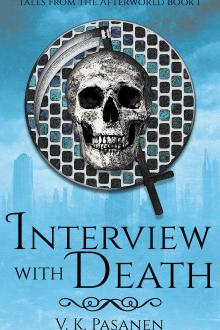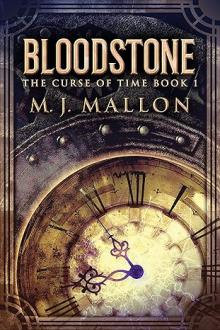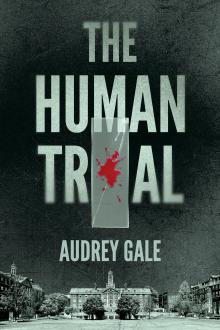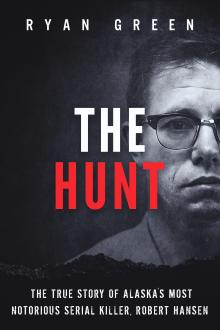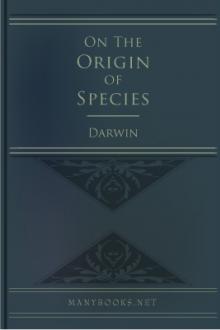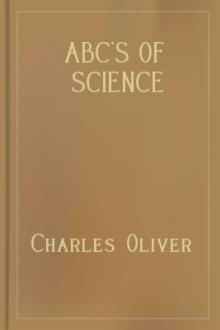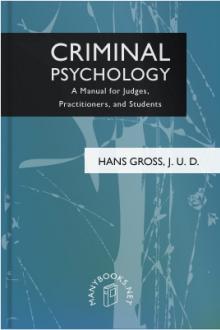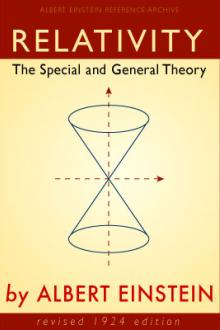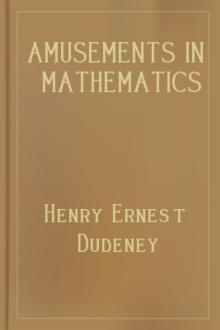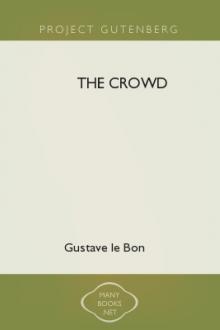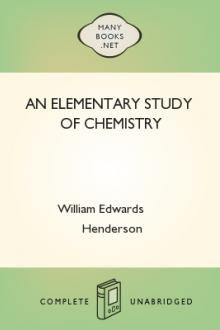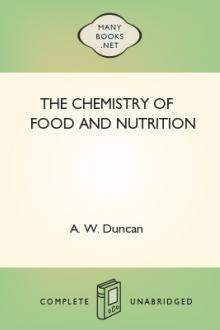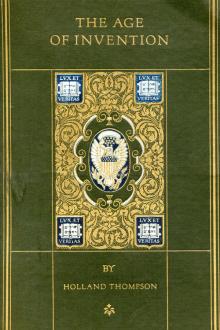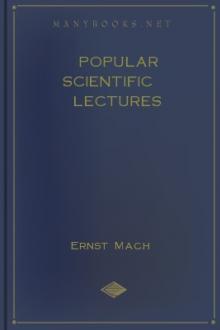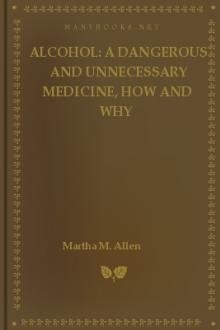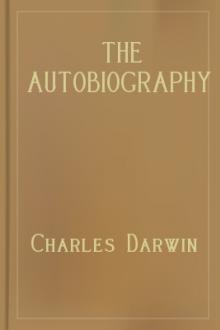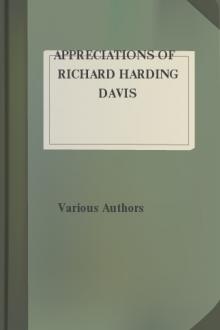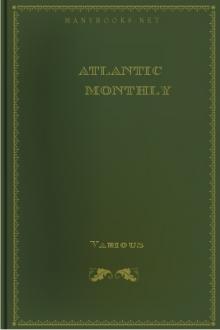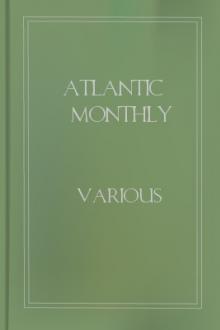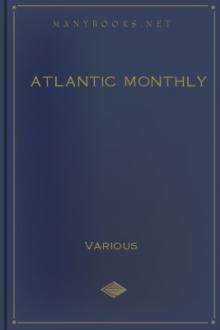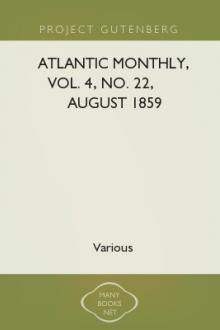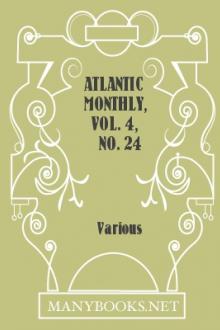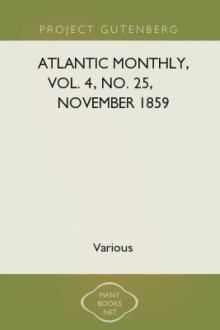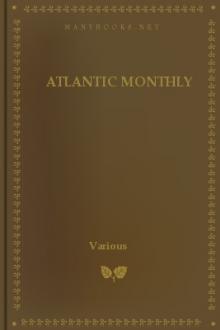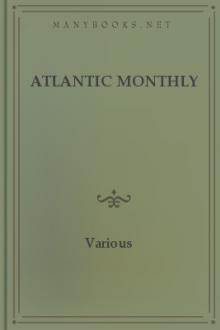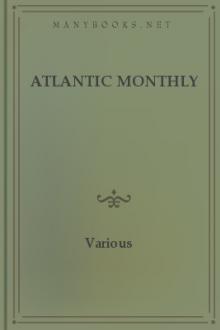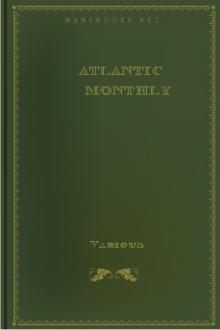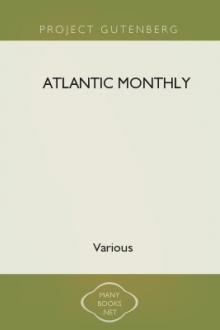Scientific American Supplement, No. 795, March 28, 1891
Scientific American Supplement, No. 795, March 28, 1891
Book Excerpt
rth of tin, and one-fourth of antimony, though these
proportions are slightly reduced, so as to admit what the chemist
calls of copper "a trace," the sum of these parts aiming at a metal
which "shall be hard, yet not brittle; ductile, yet tough; flowing
freely, yet hardening quickly." Body type, that is, those classes ever
seen in ordinary print, aside from display and fancy styles, is in
thirteen classes, the smallest technically called brilliant and the
largest great primer.
In the reading columns of newspapers but four classes are ordinarily used--agate for the small advertisements; agate, nonpareil, and minion for news, miscellany, etc., and minion and brevier for editorials--the minion being used for what are called minor editorials, and the brevier for leading articles, as to which it may be said that young editorial writers consider life very real and very earnest until they are promoted from minion to brevier.
A complete assortment of any one of these classes is called a font, the average weight
FREE EBOOKS AND DEALS
(view all)Popular books in Science, Periodical
Readers reviews
0.0
LoginSign up
Be the first to review this book
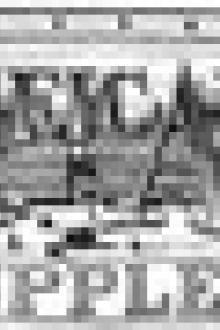
 Free Download
Free Download






